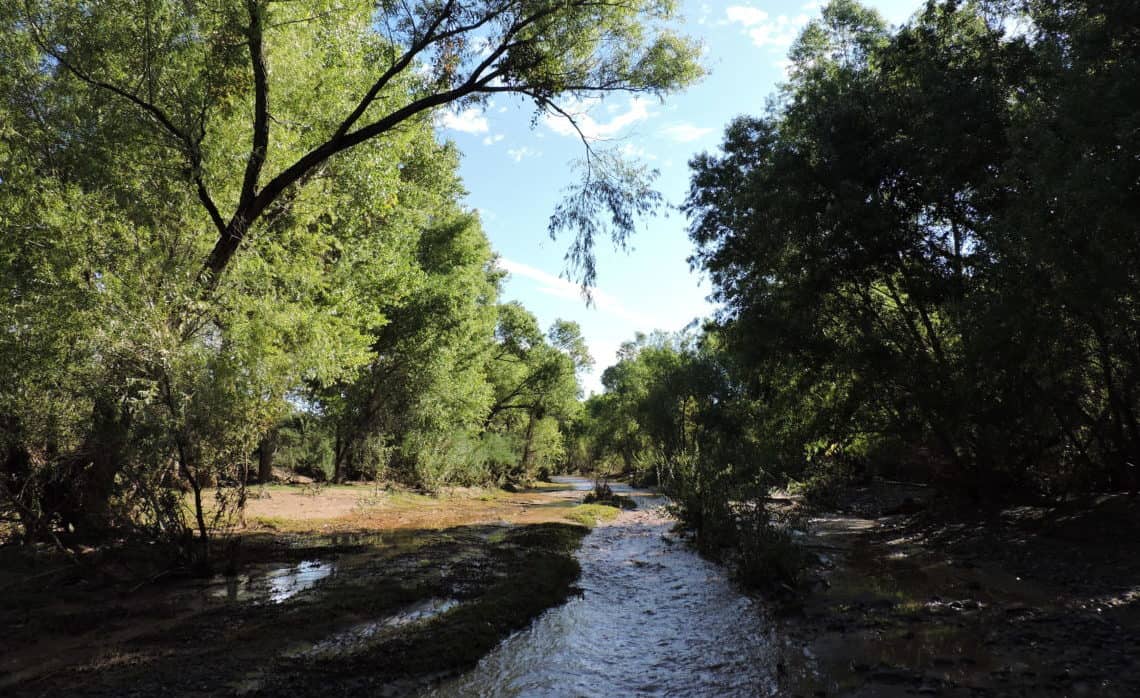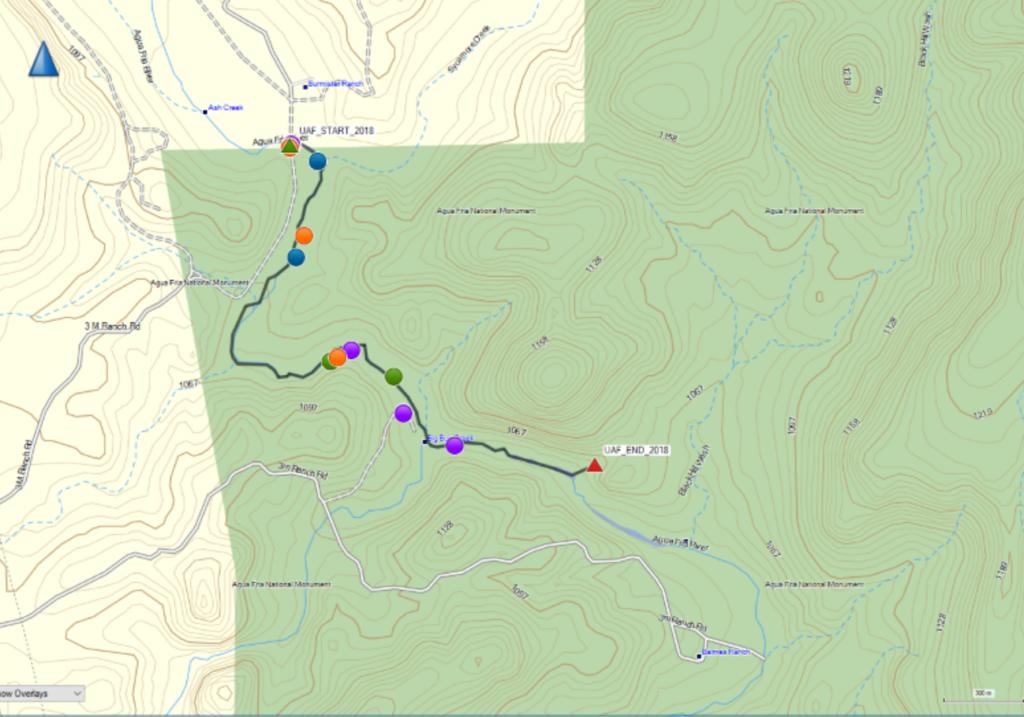By Cathy Wise, Education Director and Daniel Hite, Conservation Outreach Assistant for Audubon Arizona
Welcome to a steamy July morning on the Agua Fria River near Cordes Junction, Arizona. Humid, heavy air hangs above young willows laid flat by recent heavy flows. We slop through thick, mocha colored mud to the mechanical whir of cicadas, and screams of nesting Zone-tailed Hawks. While searching for the threatened Western Yellow-billed Cuckoo (hereafter cuckoo), we encounter the full complement of avian gems one would expect in a healthy, fully functional riparian system: Yellow Warblers, Blue Grosbeaks, Yellow-breasted Chats, and the ever-cheerful Bell’s Vireo. Not far into our survey, we catch a glimpse of white and rufous alight in a nearby tree. We approach with hope, and are not disappointed. A cuckoo (otherwise known as a “Rain-crow”), with its long tail adorned with six perfect white spots, sneakily returns our gaze with glittering black eyes.
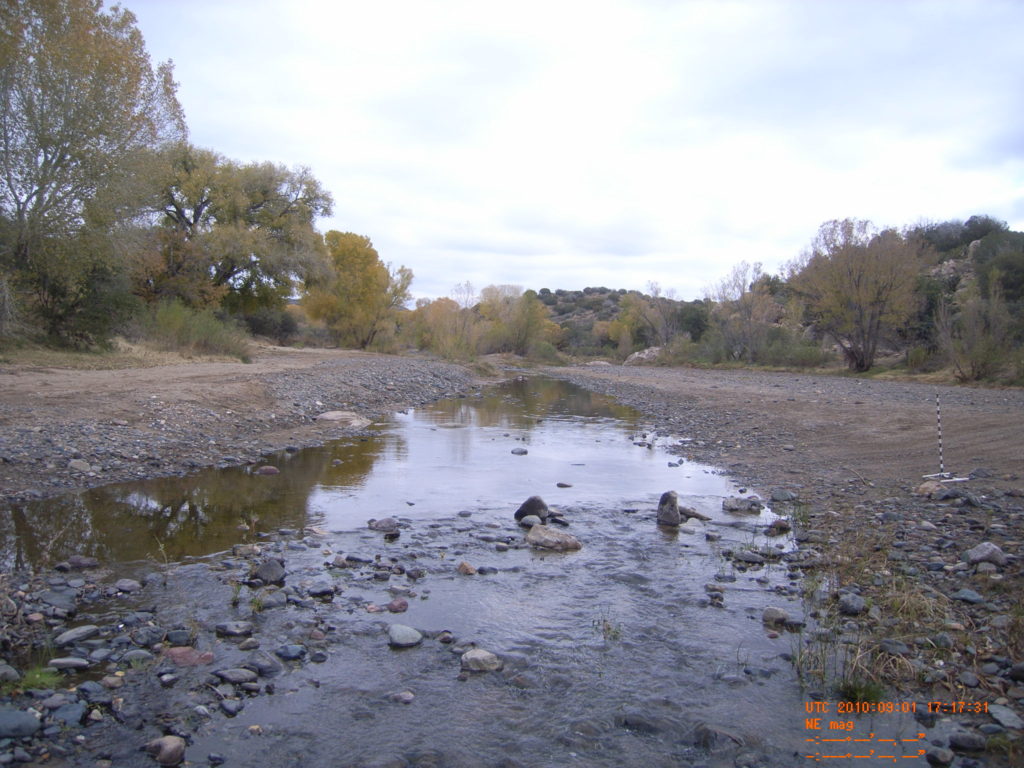
It is amazing to think that just eight years ago, a cuckoo flying over this particular stretch of stream would have turned up its pretty bill at the place and kept flying. Although a smattering of mature cottonwoods lined the banks, the riverbed itself was pretty much a wide, sand blasted wash. Recreationalists made off-road vehicle trails that scarred the stream edges, and were utterly devoid of vegetation. The stream was wide, shallow, and often fouled by the cows standing dumbly in the channel, or trampling the already beat-up banks. Locally known as “River Bend,” residents literally loved the place to death.
Managed by the Bureau of Land Management (BLM), in 2010 the degraded state of River Bend became a concern. Agency personnel needed to juggle the needs of wildlife with the needs of people and livestock. They developed the Agua Fria National Monument Resource Management Plan, which included provisions for planting native vegetation (Fremont Cottonwood, Goodding’s Willow, and Three-square Bulrush), the installation of a vehicle excluding fence, and the implementation of a winter-only grazing regime. Also in 2010, Audubon Arizona designated Agua Fria National Monument Riparian Corridors an Important Bird Area because of its unique assemblage of riparian areas and grasslands. Through conducting annual surveys for cuckoo, as well frequent field trips to River Bend as part of the riparian ecology high school curriculum called River Pathways, we had the unique opportunity to observe the restoration process first-hand.
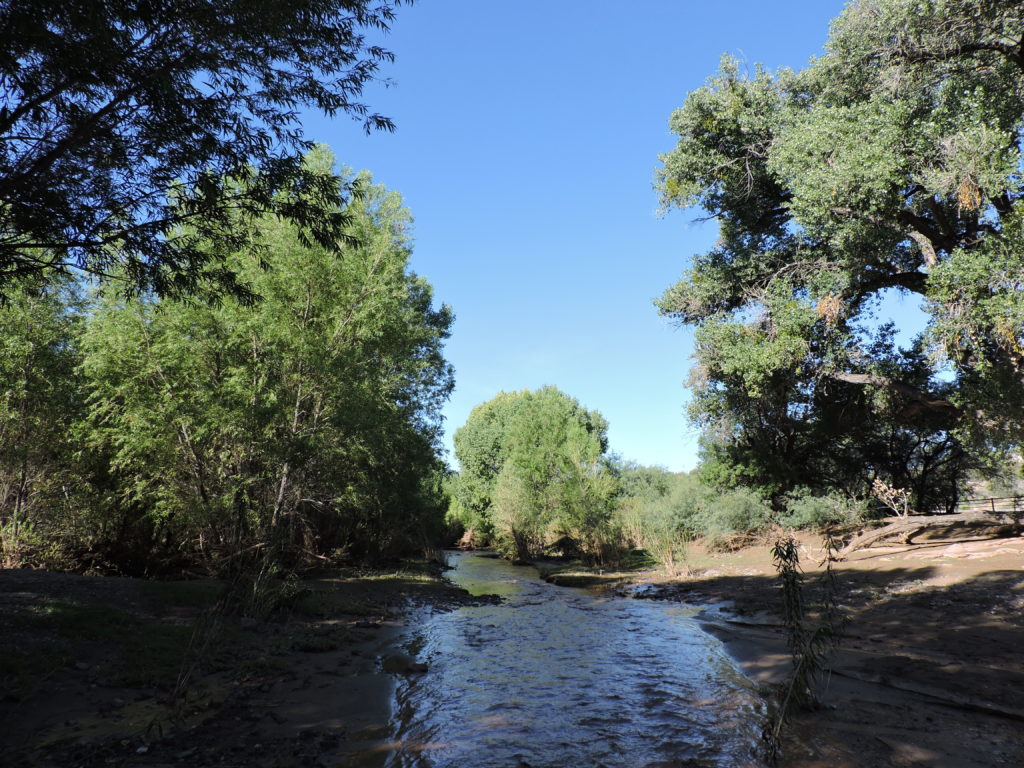
So, how did all this go over with local recreationists? As might be expected, things were a little rocky at first. The new fencing was a decidedly unwelcome addition that kept getting ripped down. Just as in the story “The Three Little Pigs,” BLM’s final construction, a hefty steel bar creation, has withstood all manner of “huffing and puffing,” and continues to stand strong. Audubon’s Cuckoo Crew camps at River Bend several times each summer. We have noticed a definite increase in non-consumptive visitation to the site. Instead of four-wheeling, families are out hiking, playing in the stream, picnicking, and enjoying the shade. Overall, people appear impressed with the transformation, and genuinely seem to appreciate the peaceful respite it now provides.
The second community compromise, winter-only grazing, has probably gone equally as a far in restoring the site’s suitability for birds, especially the cuckoo. Unlike vehicles, cows aren’t kicked out entirely. They are free to crunch and munch all winter long while the cottonwood and willows await the spring in leafless austerity. Because these trees offer nothing tasty to the cows, they are spared from most of the browsing. The wise management technique preserves young riparian obligates that would otherwise be destroyed.
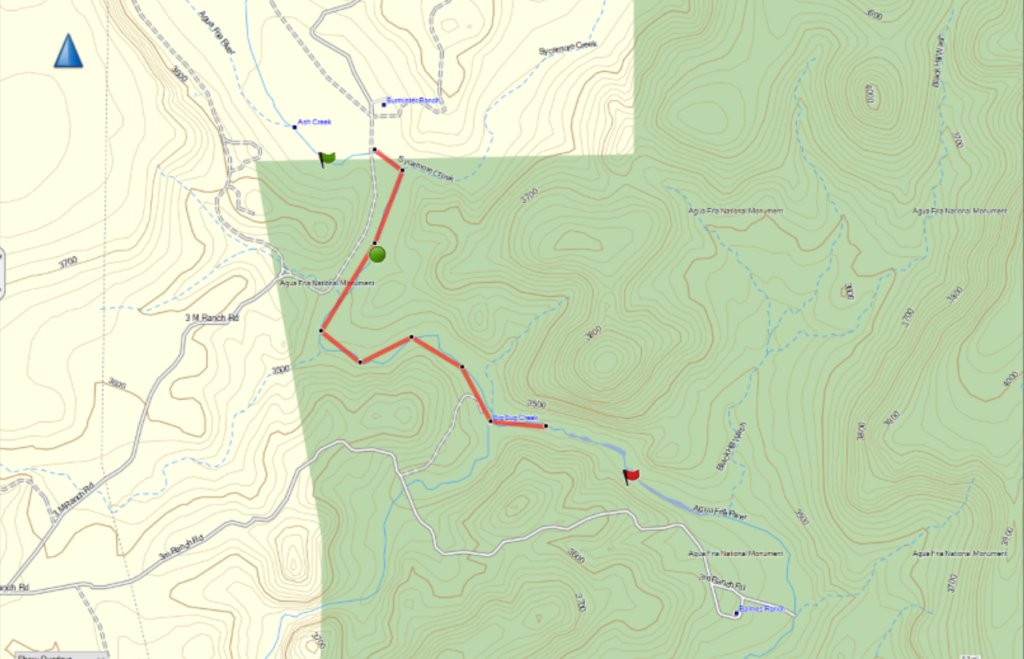
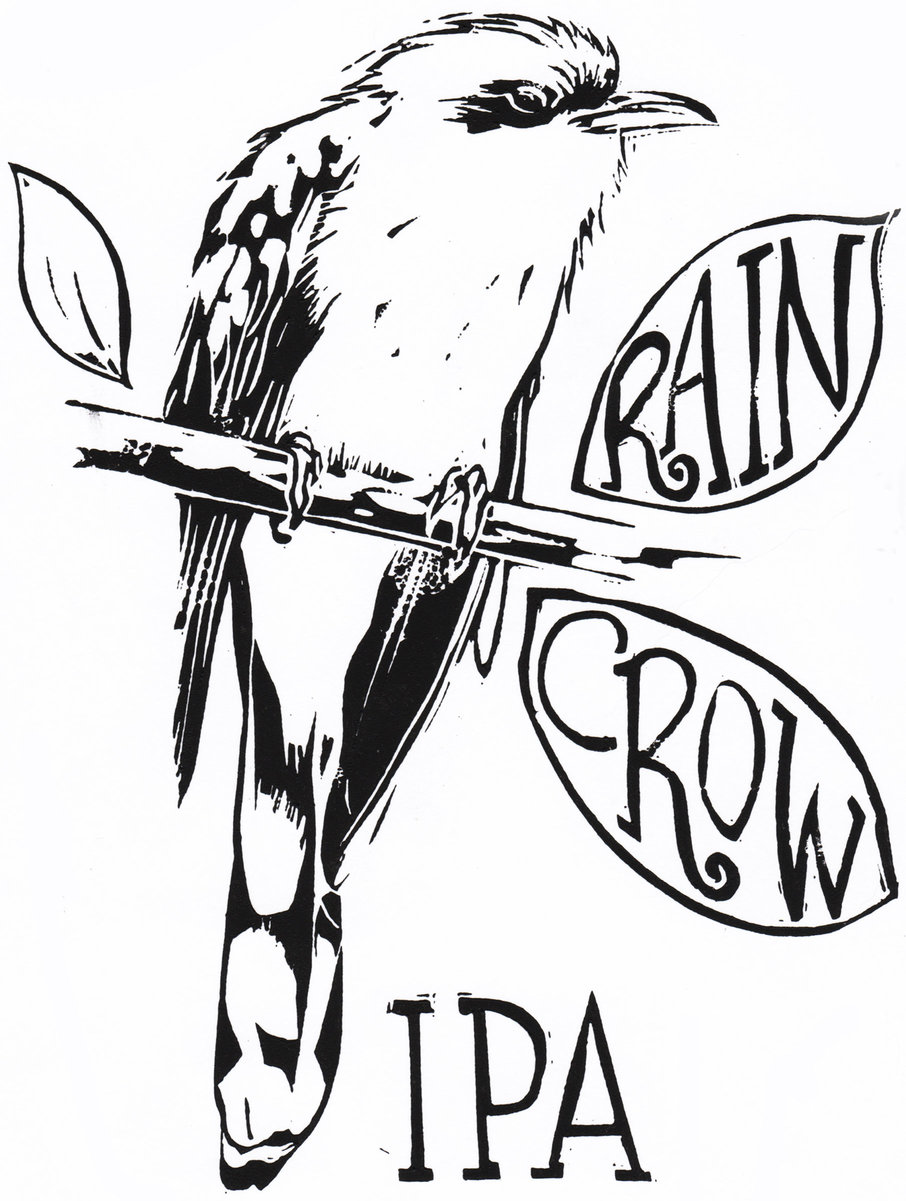
Although Audubon surveyors detected cuckoos at River Bend in 2010 and 2011, it is likely that these individuals were just passing through and decided to nest in more favorable habitat. Audubon data reveal a single likely breeding territory in 2012, and three likely territories in 2013 along River Bend. In the last few years, we have encountered recently fledged cuckoos. Overall cuckoo detections (and other riparian bird detections) have increased significantly since 2010. In addition, eBird records reveal an increased number of Yellow Warbler, Blue Grosbeak, Summer Tanager, and Yellow Breasted Chat sightings in this area over time. The rise in these detections can be attributed at least in part due to BLM’s efforts to protect and restore the Agua Fria River at River Bend.
Countless other sites similar to River Bend need our attention and support. Join Audubon’s Western Rivers Action Network (WRAN), which advocates for healthy riparian systems throughout the west and ensures that birds and other wildlife have a place at the table. Committed to solution-oriented strategies, WRAN seeks to involve a diverse array of community members in protecting and improving riparian areas. Members include birders, hunters and anglers, recreationists, and even craft brewers.

